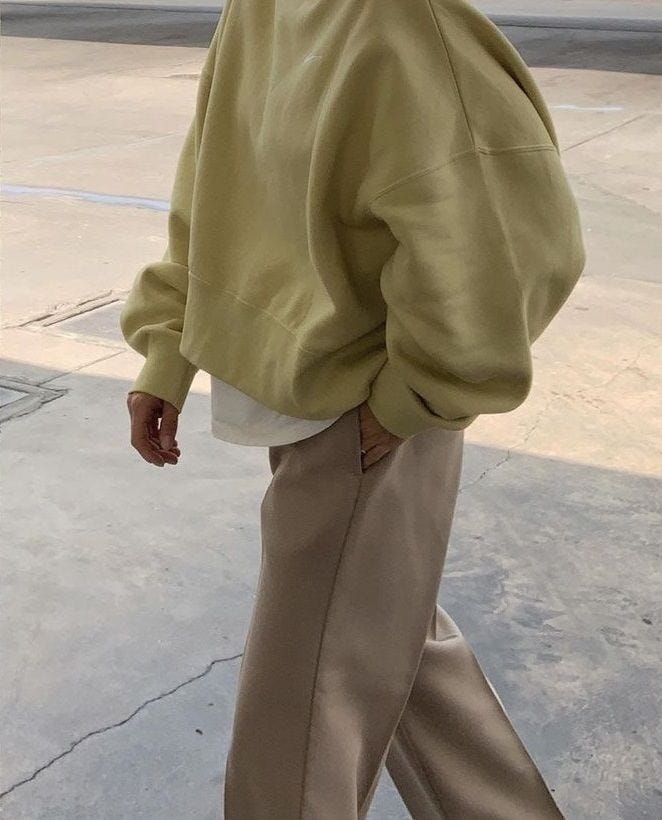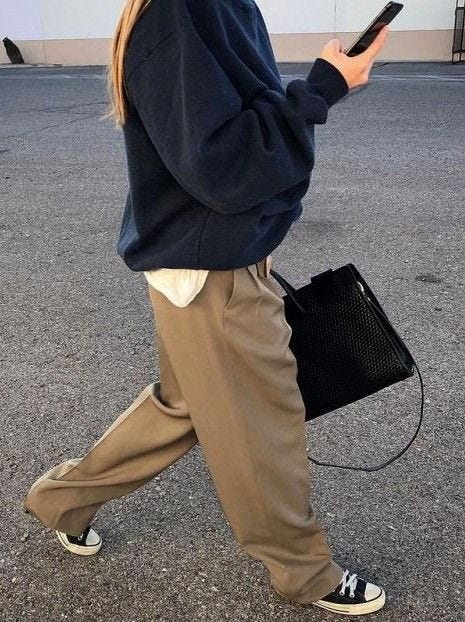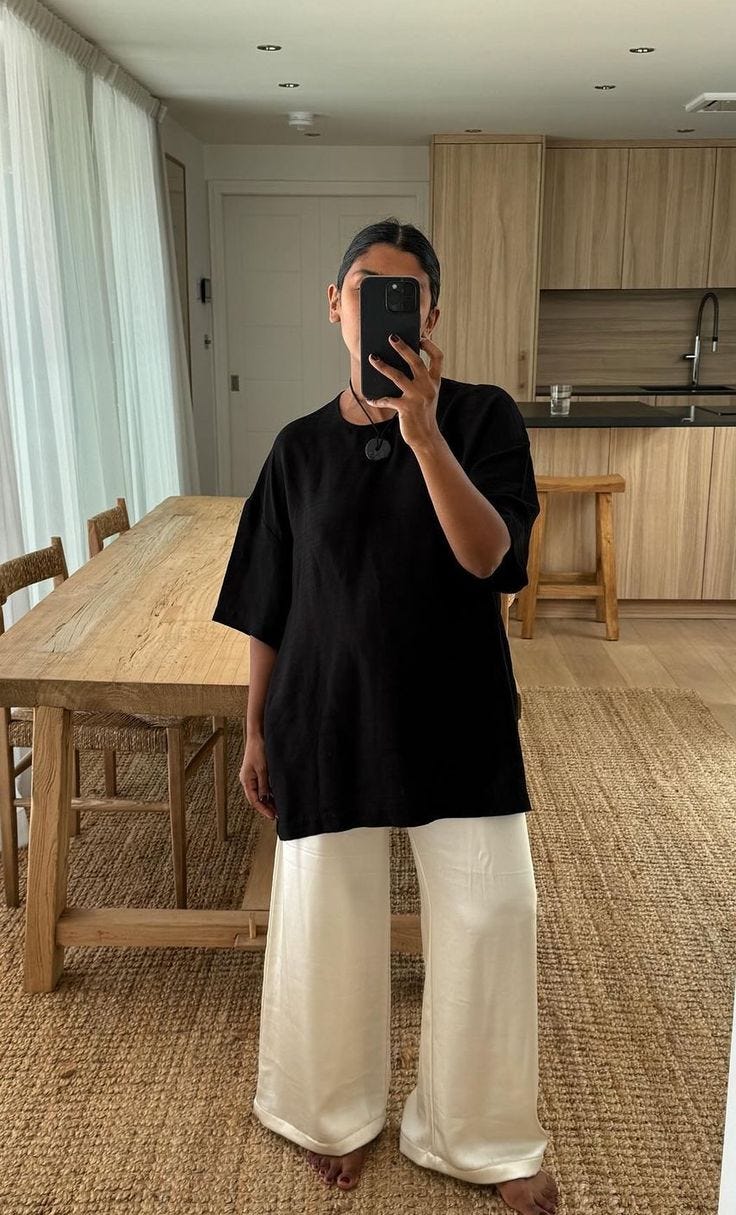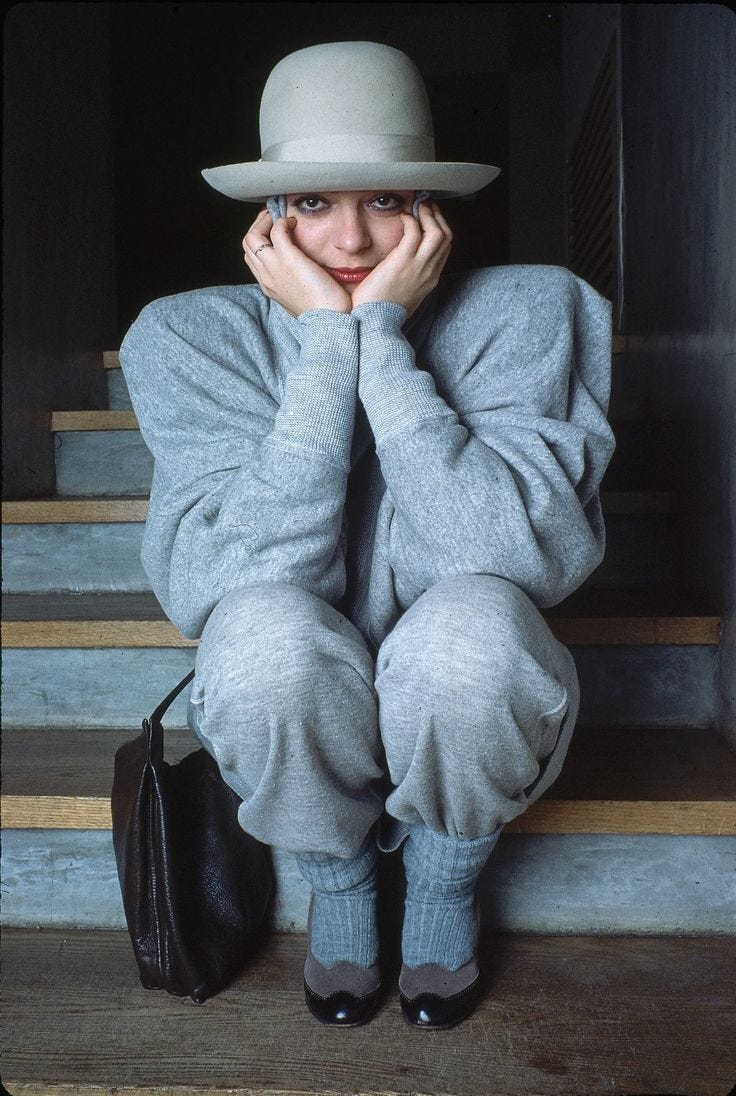It’s finally snowing again in New York. I had forgotten how bitingly cold it gets in the northeast during true winter but thankfully that cold gets balanced out with sunshine. On those gray days, however, we look up at the sky and ask, “if it’s going to be this cold, could you at least give us some snow?”. The trees are barren, I’m searching for hot drink options at bars (read: limited), and my core is tightening up nicely from always being on guard for black ice.
Most of all, I’m wearing the same few sweaters and sweatshirts repeatedly and have become aware of the underlayer option hole in my wardrobe. I finally finished my Maya Sweater, with some mods because I am a card carrying member of the sleeve pusher club, but sweaters still have tiny openings that 20 degree air can pass through. I say all of this even though I have zero time right now to make any underlayers but wanted to share some tips, tricks and advice about sewing with knits in this first issue of The Lab.
[Free to All today, Enjoy!]
Fabric /
Knit fabric comes in many varieties, same as woven fabric. There’s tissue weight tee jersey, ITY (Interlock Twist Yarn), beefy 20 ounce sweatshirt fleece, drippy rayon ribbing and on and on.
The thing I look for most is content. This is typically a good indication of the drape and texture a fabric will have. Natural fibers tend to be sturdy while synthetics tend to be more slippery. However it’s not always the case as polyester can disguise itself very well as cotton.
When choosing a fabric for a pattern, of course follow the recommendations given in the pattern; stretch and retention needs are what you want to consider. Let’s use the Sommar Camisole by Paradise Patterns as an example of how to calculate those needs for a close fitting garment (she has excellent fabric recs but let’s pretend we lost that page). I would measure the bust of the pattern and my own bust. Then do a little math;
Bust of Pattern = 34 / Bust of Body = 38
(38 - 34) / 34 x 100 = 12%
0% = Stable, need fabric with 10 - 15% stretch
5% = Moderate, need fabric with 20 - 45% stretch
10%+ = High, need fabric with 50% stretch
This style would need a stretchy fabric with an elastic yarn to retain its shape (if you use a fabric without an elastic yarn it will bag out with body heat and wear). Then consider fabric weight. Lighter weight fabric is going to be spongier and open up more while heavier weight fabric will feel more compressive.
Going in the opposite direction with an oversized fit like the Wren Fleece, you don’t need to do any stretch math because of the amount of ease. So choose a fabric with no elastic yarn in it. Here, retention is dictated by weight which plays hand in hand with ease. For the Wren, following the size chart I would go with a heavier fabric around 11 - 14oz (or more) but if that’s too much ease and you’re sizing down you can also can go down in ounces, to 9-ish. The more ease a garment has the heavier weight you’ll likely want so that it retains its shape. If you go lighter on a high ease garment it will have more drape.
DOGS (Direction Of Greatest Stretch) /
Knit fabrics come in either 2-way or 4-way stretch aka it either stretches in one direction (warp or weft) or both (warp and weft). DOGS is the direction of the fabric that stretches the most. This is most useful on tight or negative ease garments (like the Sommar). Make sure you are you are running your pattern piece in the right direction against the DOGS which in most cases will be in circumference with the body.
Give vs Stretch /
Fabrics with give have no elastic yarn and will give because of the structure inherent to the knit stitches. Fabric with stretch has elastic yarn so there is more of a stretching effect. Fabrics with give may not have the best retention over fabrics with stretch because of the lack of elastic yarns.
P.S. elastane/spandex/lycra are all the same fiber yarn just different names.
Pre-washing or Pre-shrinking /
These two treatment options depend on how you are going to care for your garment. If you plan on washing your garment in a washing machine, pre-wash your fabric. This will remove finishes and really shrink the fabric to its final stage.
If you plan on dry cleaning or spot treating your garment you may want to just steam shrink your fabric. Typically this type of care means you’re using a less stable fabric that can change dramatically with heat and moisture (hello wool).
Cutting /
Rotary cutters tend to give more control when cutting knits. Similar to cutting light weight wovens, you can use tissue paper underneath and on top to prevent shifting.
Needles /
Most people know about ballpoint needles, but stretch needles are the better choice in most cases. They’re in between a universal and a ballpoint, like a rounded point. A lot of times however, you can just use a universal. If stitches skip at the on set, check your tension. If they start to skip later in the process you may need a fresh needle.
Sweater knits or more open weave fabric would require ballpoint needles.
Thread /
Polyester is evil but it does stretch the best.
Cotton would most likely result in cracked stitches especially on close fitting garments. Best to use on relaxed fit styles.
Stitches /
I am an advocate for using a lockstitch (straight stitch) on all vertical seams. These are the seams that will be under the most amount of stress and a lockstitch is the strongest. You’ll also want to go tighter in SPI (~14 stitches per inch). It sounds counter intuitive but shorter stitches are actually stretchier stitches. Also, topstitching.
Then we have the zig zag stitches and its variations. A classic 1.5 x 2.5 is your workhorse for areas that need to stretch to get over the body. An example would be the neckline area where the head will go through. A lightening bolt stitch can also be used here and tends to show less gaps than a zig zag when stretched (pulling opposite sides of the stitch).
Machines + Feet /
An overlock machine makes sewing with knits a quick task but most garments can be sewn on a standard lockstitch machine with zig zag or other faux overlock stitches.
If you really want to level up your knits sewing look into a coverstitch machine. (See ‘Ode to the Coverstitch’ below.)
A walking foot or teflon foot is super helpful in sewing with knits. A walking foot helps guide the fabric through the machine which prevents over stretching. Always test the pressure of your foot, same as you would needles.
Another tip is to clean your machines as you go. Check your feed dogs and screws for burrs that can cause snags.
Sewing Tips /
-
Try not to stretch or pull in sewing. This is where a walking or teflon foot helps.
-
To prevent the ends from getting eaten into the machine, put some tissue paper on underneath for the first few stitches.
-
Add mobilon (clear elastic) or twill tape in areas like the shoulder and neck to prevent over stretching. These both help in maintaining shape in any area of the garment.
-
Pre-sewing helps to make sure things align properly. In sewing swim I always pre-sew with a basting stitch, apply the stretch stitch then have the satisfaction of popping all the pre-sew.
-
If you don’t want to, don’t finish the insides. Knits don’t fray like wovens, they’ll usually just curl in on themselves.
-
Are your seams wavy? They look like that in a factory setting too, use an iron with steam.
Ode to the Coverstitch
By now, many of us probably have an overlock machine (serger). We all remember that moment when our skepticism about “do I really need two sewing machines?!” turned into the elation of slipping that sweatshirt/T-shirt over our heads and hearing…..nothing but the sweet silence of zero broken stitches! Yes, we decided in that moment, yes, I do need two sewing machines*.
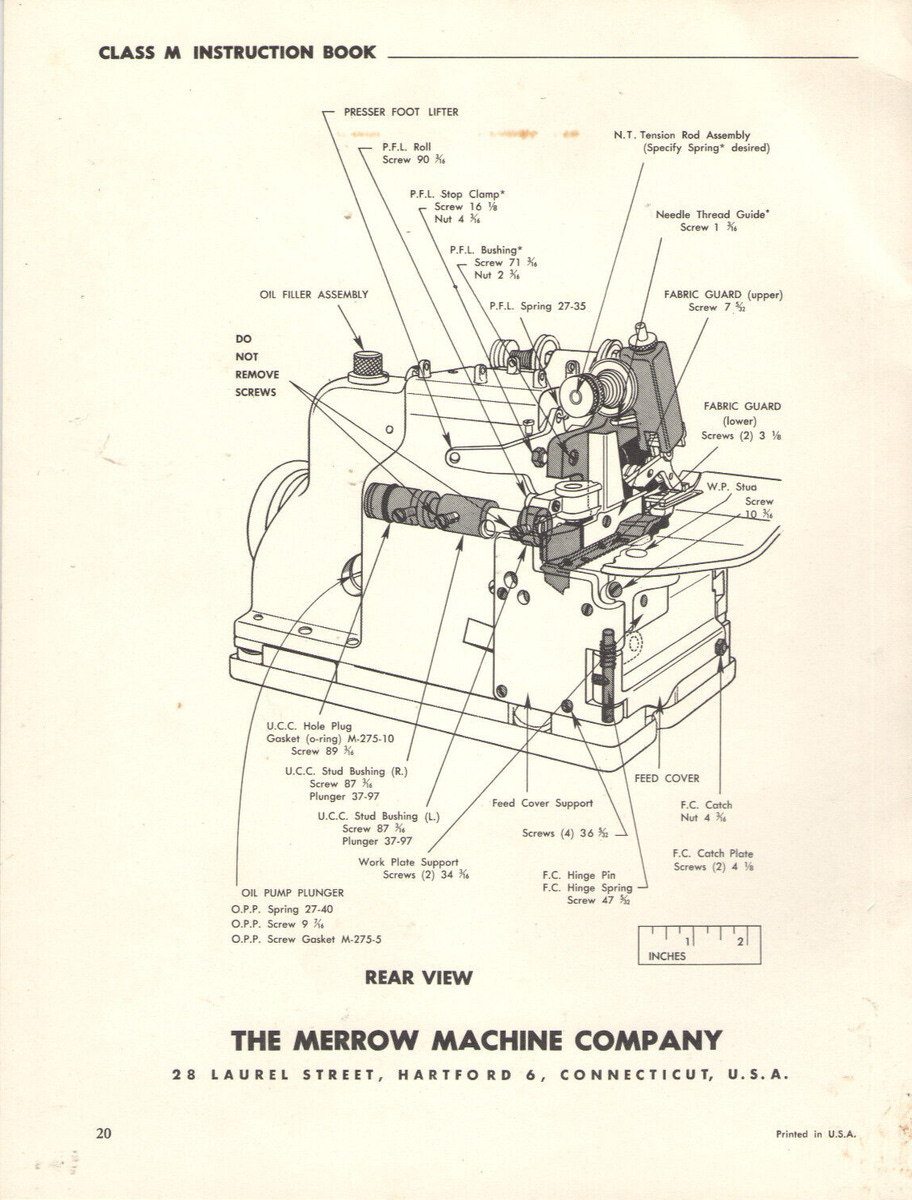
May we invite you to extrapolate from that premise and quickly pitch you a third sewing machine, especially if you’re feeling the desire to get deeper into sewing with knits and want to up your game this year? Enter…the coverstitch machine, which makes sewing with knits really high level and complete. If you find yourself aiming for perfection, paying attention to how things look on the inside, or how pieces feel on and move with your body, the coverstitch takes sewing knits up a notch. It is essentially a way to hem knits so that they can optimally stretch; what an overlock does for knit seams, a coverstitch does for knit hems. You might be thinking a third sewing machine is so indulgent, do I need one? (*see above). You can’t beat having the right equipment for the project you are doing, so even if it’s not the right time now for such equipment, keep it in mind for the future.
Sewing vs Buying “Basics”
In this comfort-first world, sewing with knits (don’t always, but often do) say sewing “basics” to us. Like, sewing T-shirts, underlayers, or sweatshirts. When basics can be bought for ridiculously low prices (read : vastly underpaid garment workers) in any kind of shopping arrangement imaginable, it can seem a bit weird/unnecessary to sew things which are so readily available. But there is something beautiful about sewing basics ourselves, whether we do it as a batch sew project or filling a gap between other longer term projects. We can use these basics to learn about how patterns and fabric very specifically relate to our bodies because they tend to fit intimately. They are often quicker makes and therefore potentially less precious, so it can be the perfect time to begin experimenting with small pattern adjustments for your particular body that can develop knowledge about your anatomy, which relates to the whole project of sewing our own garments.
Sewing with knits/sewing basics can also be an amazing palate cleanser between projects. When a pair of underwear is sewn between pants, it feels amazing to have created something new so quickly (within 1-2 hours). Sewing with knits is all about that instant gratification before returning to wovens. Alternating materials makes us thankful for both, separately but equally. And thats how the project wheel keeps turning, from stretchy project to woven project, from intensive project to spontaneous palate cleanser. The gratitude for each type of project can be found in it’s contrast to the other!
It’s either love or hate when it comes to sewing with knits/sewing basics but we just want to encourage you to unilaterally love it. Love it for what you can learn from the mistakes, love it for raising your proficiency level in the face of slightly more involved equipment and finicky materials. Love it for the fact that you wear basics (nearly) every day and what would it be like if you had an underwear or a base layer drawer full of perfectly fitting, perfectly you colored pieces to choose from. I know that would make me very very happy.
What are your other unique sewing with knit fabric questions?
I’ll answer them in the comments.


